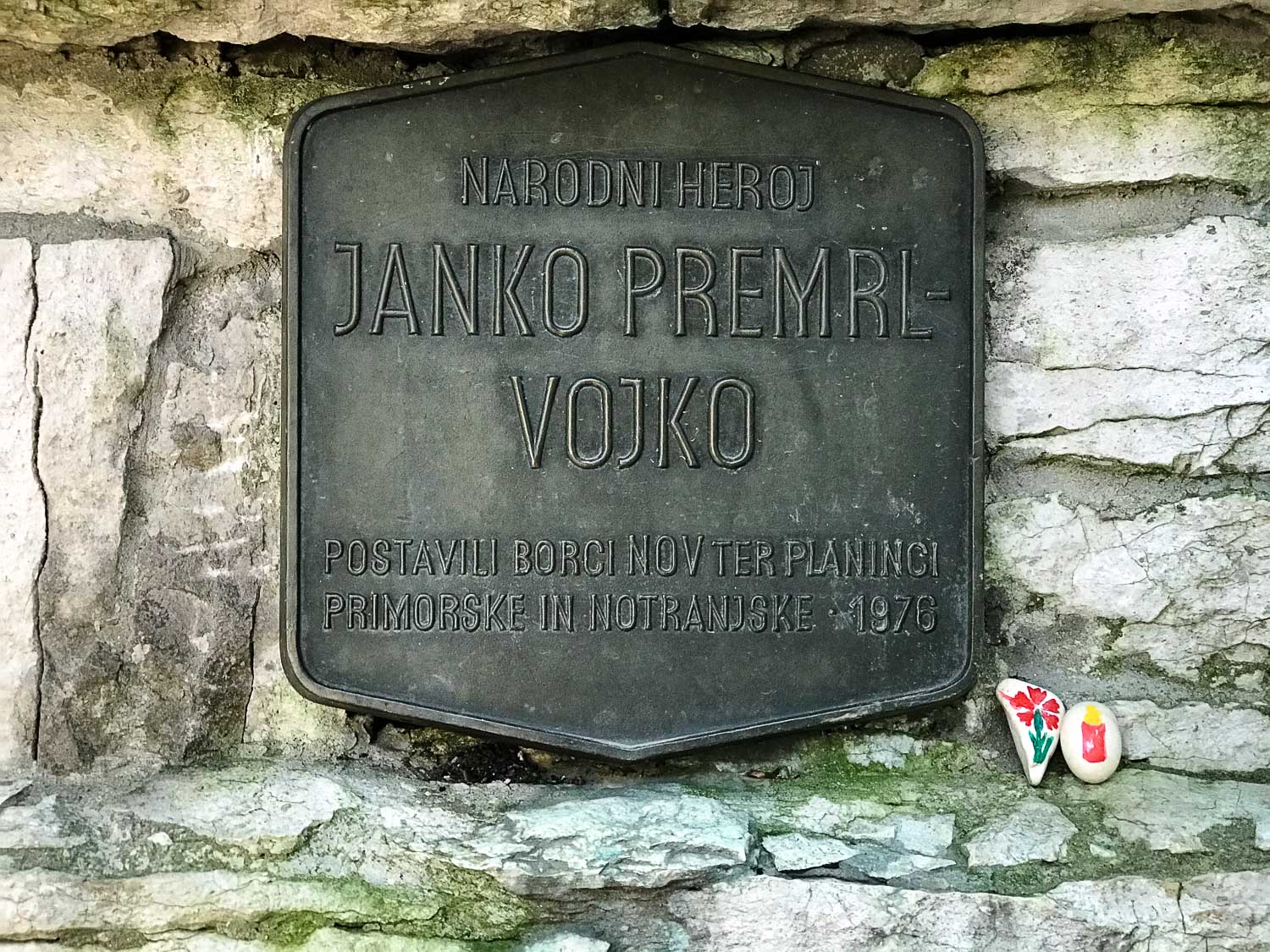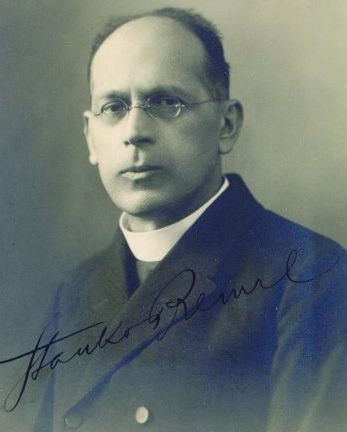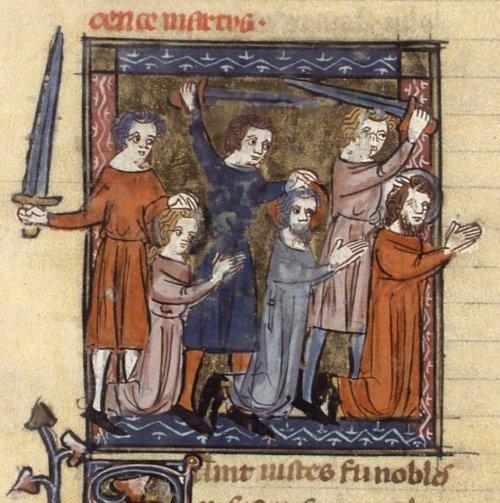|
Podnanos
Podnanos (; formerly ''Šent Vid'' or ''Šentvid'' (''nad Vipavo''), german: Sct. Veit, it, San Vito di Vipacco) is a village in the upper Vipava Valley in the Municipality of Vipava in the traditional Inner Carniola region of Slovenia. It is now generally regarded as part of the Slovenian Littoral. It lies below Mount Nanos, from which it gets its current name. Name The name of the settlement was changed from ''Šent Vid'' (literally, 'Saint Vitus') to ''Podnanos'' (literally, 'below Mount Nanos') in 1952. The name was changed on the basis of the 1948 Law on Names of Settlements and Designations of Squares, Streets, and Buildings as part of efforts by Slovenia's postwar communist government to remove religious elements from toponyms. The local name of the settlement, ''Šembid'', is derived from ''Šent Vid''. Church The parish church in the settlement is dedicated to Saint Vitus and belongs to the Koper Diocese. [...More Info...] [...Related Items...] OR: [Wikipedia] [Google] [Baidu] |
Janko Premrl
Janko Premrl (nom de guerre Vojko; Italianized: ) (29 February 1920 – 22 February 1943)Ferenc, Tone. 1995."'Premrl, Stanko." ''Enciklopedija Slovenije'' vol. 9, pp. 1–5. Ljubljana: Mladinska knjiga, p. 296. was a Slovene Partisan. Life Premrl was born on 29 February 1920 in Podnanos, at that time in Italy (now in Slovenia). He was the firstborn child in an ethnically conscious Slovene family. His uncle Stanko Premrl was a Roman Catholic priest, and well-known composer and organist, composer of the melody for the national anthem of Slovenia. Another of his uncles was a major in the armed forces of the Kingdom of Yugoslavia. Premrl attended a secondary business school in Gorizia, where he gathered like-minded individuals around himself. Matters often came to blows between the ethnic Slovenes and the local Fascists, and eventually his father withdrew him from school because of this. He continued learning on his own after he no longer attended school. He participated in the a ... [...More Info...] [...Related Items...] OR: [Wikipedia] [Google] [Baidu] |
Vipava Valley
The Vipava Valley (; sl, Vipavska dolina, german: Wippachtal, it, Valle del Vipacco) is a valley in the Slovenian Littoral, roughly between the village of Podnanos to the east and the border with Italy to the west. The main towns are Ajdovščina and Vipava. Geography The narrow valley of the Vipava River serves as the main passage between the Friulian lowland and central Slovenia, and is thus also an important corridor connecting Northern Italy to Central Europe. It is closed to the north by the high Trnovo Forest Plateau ( sl, Trnovski gozd), and to the south by the Karst Plateau and the narrow Branica Valley, a geographical sub-unit of the Vipava Valley. It is named after the Vipava River. Its main urban center is Ajdovščina. Administratively, it is subdivided into the municipalities of Ajdovščina, Vipava, Nova Gorica, Renče-Vogrsko, and Miren-Kostanjevica. The municipality of Savogna d'Isonzo in the Province of Gorizia (Italy) is also located in the valley. T ... [...More Info...] [...Related Items...] OR: [Wikipedia] [Google] [Baidu] |
Stanko Premrl
Stanko Premrl (28 September 1880 – 14 March 1965) was a Slovene Roman Catholic priest, composer, and music teacher. He is best known as the composer of the music for the Slovene national anthem, "Zdravljica". Premrl was born in the village of Šent Vid (now Podnanos) in the upper Vipava Valley, in what was then the Austro-Hungarian Duchy of Carniola (now in Slovenia). He graduated from the music conservatory in Vienna. From 1909 to 1939, he served as music director at the Ljubljana Cathedral. Between 1908 and 1939, he was head of the organ school in Ljubljana. He was a significant influence on the development of Slovenian church music. He was one of the most prolific Slovenian composers of the 20th century, publishing over 2,000 songs. On 24 September 1905 he composed the music for France Prešeren's patriotic poem ''Zdravljica''. Premrl's composition soon prevailed as the most popular music for the song; by the 1940s, it had become one of the most popular Slovene patriotic ... [...More Info...] [...Related Items...] OR: [Wikipedia] [Google] [Baidu] |
Municipality Of Vipava
The Municipality of Vipava (; sl, Občina Vipava) is a municipality in western Slovenia. The seat of the municipality is the town of Vipava. Historically, it used to be a part of the traditional region of Inner Carniola, but it is now generally regarded as a part of the Slovenian Littoral. The municipality was established in its current form on 3 October 1994, when the former larger Municipality of Ajdovščina was subdivided into the municipalities of Ajdovščina and Vipava. Division The Municipality of Vipava is subdivided into 11 local communities ( sl, krajevne skupnosti), which comprise one or more villages. They are Vipava, Erzelj, Goče, Gradišče pri Vipavi, Lozice, Lože, Manče, Podnanos, Podraga, Slap, and Vrhpolje. References External links *Municipality of Vipava at Geopedia [...More Info...] [...Related Items...] OR: [Wikipedia] [Google] [Baidu] |
Nanos, Slovenia
Nanos (; it, Monte Re) is a karst limestone plateau at the eastern border of the Inner Carniola in southwestern Slovenia. Geography The plateau is about wide and long in the northern extension of the Dinaric Alps. The highest point of the plateau is Dry Peak ( sl, Suhi vrh, ). The plateau is traversed by the Slovene Mountain Trail, the oldest interconnecting trail in Slovenia. The most popular destination on Nanos and part of the trail is Pleša Peak () with the Vojko Lodge ( sl, Vojkova koča, named for the Slovene Partisan Janko Premrl, a.k.a. Vojko) below its summit. In 1987, the southern and western slopes of Nanos were declared a regional park with an area of . History In Antiquity, Nanos was known as ''Ocra''. Strabo reckoned it the last peak of the Alps. In the 1st century, the pass at Nanos was an important route for civilian and military traffic from Trieste (Tergeste) to Ljubljana (Emona) and beyond to Carnuntum at the Danube. It lost its importance when a faster ... [...More Info...] [...Related Items...] OR: [Wikipedia] [Google] [Baidu] |
Roman Catholic Diocese Of Koper
) , cocathedral = Co-Cathedral of Christ the Saviour, Nova Gorica() , area_km2 = 4,386 , parishes = 100 , population = 266,403 , population_as_of = 2013 , catholics = 181,230 , catholics_percent= 68 , pope = , bishop = Jurij Bizjak , metro_archbishop = Stane Zore , coadjutor = , auxiliary_bishops= , emeritus_bishops = , website Website of the Diocese The Roman Catholic Diocese of Koper ( la, Dioecesis Iustinopolitana; sl, Škofija Koper) is a diocese in southwestern Slovenia. It is part of the Ecclesiastical province of Ljubljana. Its cathedral is dedicated to the Assumption of Mary and is located in the Adriatic port town of Koper. A co-cathedral, the Co-Cathedral of Christ the Saviour, located in Nova Gorica, gained its status in 2004. The Latin name of the diocese, ''Dioecesis Iustinopolitana'', is due to the fact that Koper was in the past name ''Justinopolis'' in honour of the Byzantine emperor Jus ... [...More Info...] [...Related Items...] OR: [Wikipedia] [Google] [Baidu] |
Parish Church
A parish church (or parochial church) in Christianity is the church which acts as the religious centre of a parish. In many parts of the world, especially in rural areas, the parish church may play a significant role in community activities, often allowing its premises to be used for non-religious community events. The church building reflects this status, and there is considerable variety in the size and style of parish churches. Many villages in Europe have churches that date back to the Middle Ages, but all periods of architecture are represented. Roman Catholic Church Each diocese (administrative unit, headed by a Bishop) is divided into parishes. Normally, a parish comprises all Catholics living within its geographically defined area. Within a diocese, there can also be overlapping parishes for Catholics belonging to a particular rite, language, nationality, or community. Each parish has its own central church called the parish church, where religious services take pla ... [...More Info...] [...Related Items...] OR: [Wikipedia] [Google] [Baidu] |
Saint Vitus
Vitus (), whose name is sometimes rendered Guy or Guido, was a Christian martyr from Sicily. His surviving hagiography is pure legend. The dates of his actual life are unknown.Basil Watkins, ''The Book of Saints: A Comprehensive Biographical Dictionary'', 8th rev. ed. (Bloomsbury, 2016), p. 758.Donald Attwater, ''The Avenel Dictionary of Saints'' (Avenel Books, 1981), p. 338. He has for long been tied to the Sicilian martyrs Modestus and Crescentia but in the earliest sources it is clear that these were originally different traditions that later became combined.David Hugh Farmer, ''The Oxford Dictionary of Saints'', 5th rev. ed. (Oxford University Press, 2011), s.v. "Vitus (Guy), Modestus, and Crescentia". The figures of Modestus and Crescentia are probably fictitious. According to his legend, he died during the Diocletianic Persecution in AD 303. In the Middle Ages, he was counted as one of the Fourteen Holy Helpers. In Germany, his feast was celebrated with dancing before his ... [...More Info...] [...Related Items...] OR: [Wikipedia] [Google] [Baidu] |
Flag Of Slovenia
The national flag of Slovenia ( sl, zastava Slovenije) features three equal horizontal bands of white (top), blue, and red, with the Coat of arms of Slovenia located in the upper hoist side of the flag centered in the white and blue bands. The coat of arms is a shield with the image of Mount Triglav, Slovenia's highest peak, in white against a blue background at the center; beneath it are two wavy blue lines representing the Adriatic Sea and local rivers, and above it are three six-pointed golden stars arranged in an inverted triangle which are taken from the coat of arms of the Counts of Celje, the great Slovene dynastic house of the late 14th and early 15th centuries. The flag's colors are considered to be Pan-Slavism, Pan-Slavic, but they actually come from the Middle Ages, medieval coat of arms of the Duchy of Carniola, consisting of 3 stars, a mountain, and three colors (red, blue, yellow). crescent. The existing Slovene tricolor was raised for the first time in history duri ... [...More Info...] [...Related Items...] OR: [Wikipedia] [Google] [Baidu] |
Slovenian Littoral
The Slovene Littoral ( sl, Primorska, ; it, Litorale; german: Küstenland) is one of the five traditional regions of Slovenia. Its name recalls the former Austrian Littoral (''Avstrijsko Primorje''), the Habsburg possessions on the upper Adriatic coast, of which the Slovene Littoral was part. Geography The region forms the westernmost part of Slovenia, bordering the intermunicipal union of Giuliana in the region of Friuli Venezia Giulia of Italy. It stretches from the Adriatic Sea in the south up to the Julian Alps in the north. The Slovene Littoral comprises two traditional provinces: Goriška and Slovene Istria. The Goriška region takes its name from the town of Gorizia () now in Italy; the neighbouring conurbation of Nova Gorica and Šempeter-Vrtojba today is the urban centre of the Slovene Littoral. Slovene Istria comprises the northern part of the Istria peninsula and provides, on the Slovene Riviera coastline with the ports of Koper, Izola, and Piran, the countr ... [...More Info...] [...Related Items...] OR: [Wikipedia] [Google] [Baidu] |
Slovenia
Slovenia ( ; sl, Slovenija ), officially the Republic of Slovenia (Slovene: , abbr.: ''RS''), is a country in Central Europe. It is bordered by Italy to the west, Austria to the north, Hungary to the northeast, Croatia to the southeast, and the Adriatic Sea to the southwest. Slovenia is mostly mountainous and forested, covers , and has a population of 2.1 million (2,108,708 people). Slovenes constitute over 80% of the country's population. Slovene, a South Slavic language, is the official language. Slovenia has a predominantly temperate continental climate, with the exception of the Slovene Littoral and the Julian Alps. A sub-mediterranean climate reaches to the northern extensions of the Dinaric Alps that traverse the country in a northwest–southeast direction. The Julian Alps in the northwest have an alpine climate. Toward the northeastern Pannonian Basin, a continental climate is more pronounced. Ljubljana, the capital and largest city of Slovenia, is geogr ... [...More Info...] [...Related Items...] OR: [Wikipedia] [Google] [Baidu] |
Village
A village is a clustered human settlement or community, larger than a hamlet but smaller than a town (although the word is often used to describe both hamlets and smaller towns), with a population typically ranging from a few hundred to a few thousand. Though villages are often located in rural areas, the term urban village is also applied to certain urban neighborhoods. Villages are normally permanent, with fixed dwellings; however, transient villages can occur. Further, the dwellings of a village are fairly close to one another, not scattered broadly over the landscape, as a dispersed settlement. In the past, villages were a usual form of community for societies that practice subsistence agriculture, and also for some non-agricultural societies. In Great Britain, a hamlet earned the right to be called a village when it built a church. [...More Info...] [...Related Items...] OR: [Wikipedia] [Google] [Baidu] |




.jpg)



